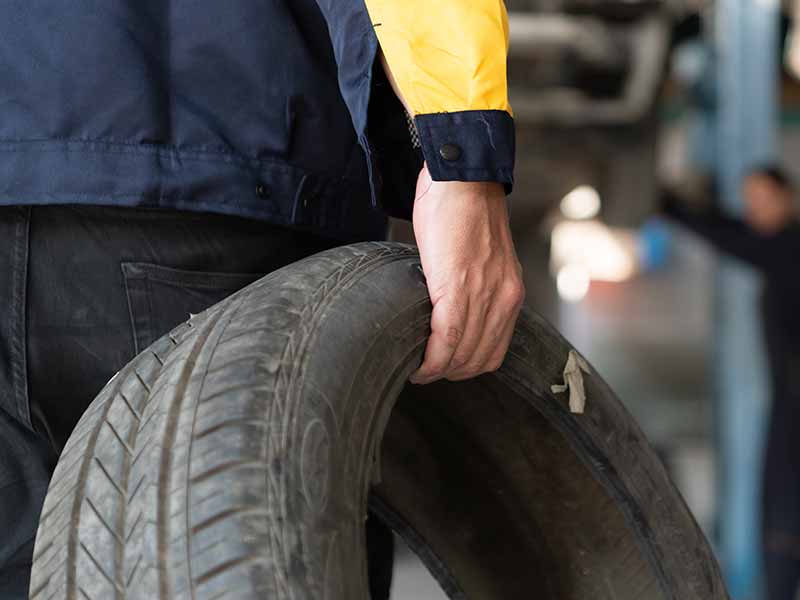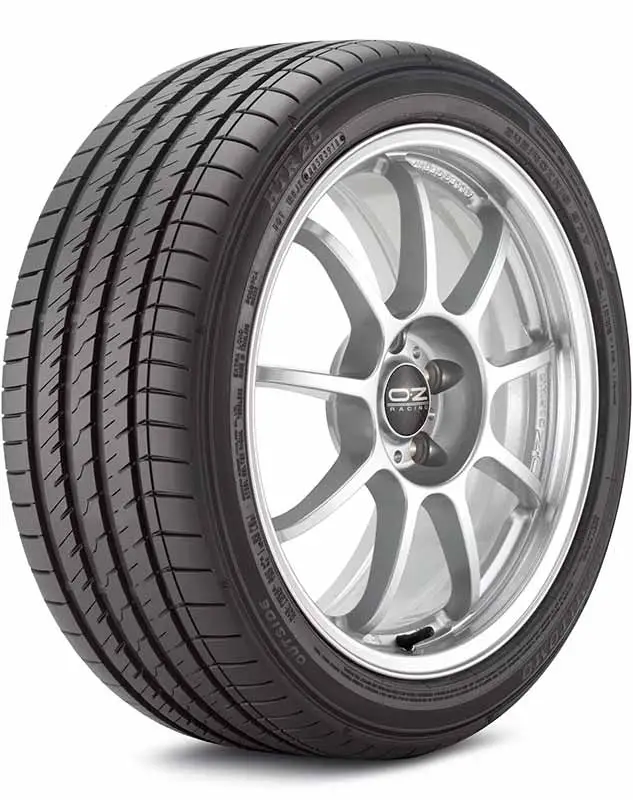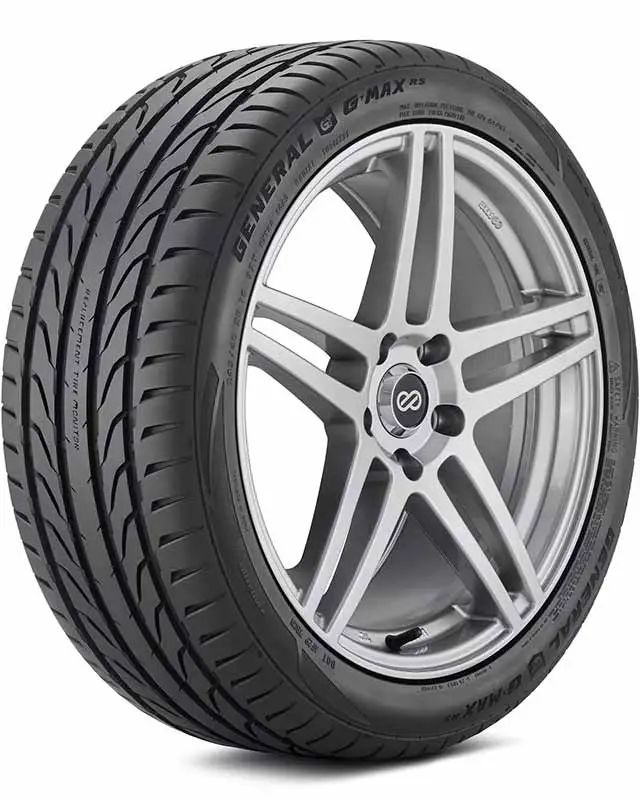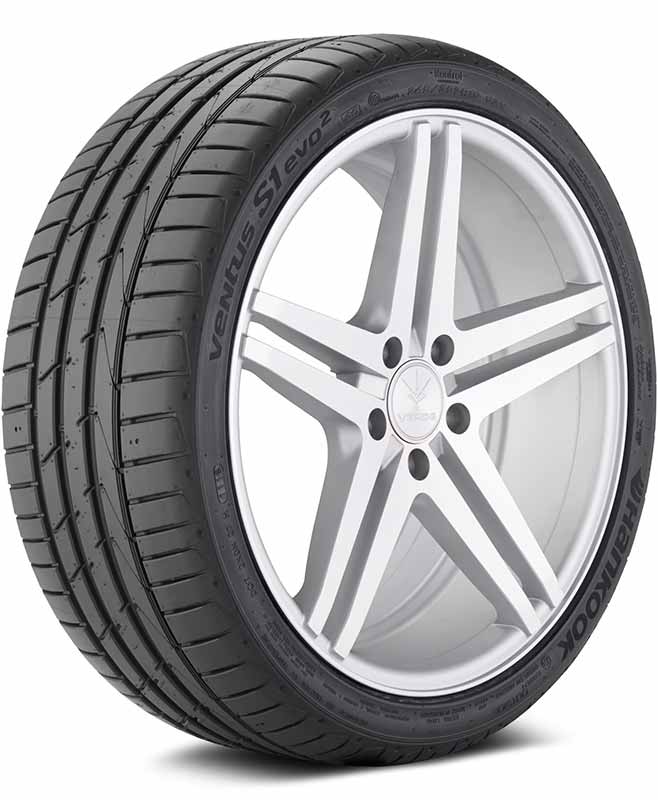Ever paused to consider the weight your car tires carry—not just your vehicle but also the impact on performance, safety, and fuel efficiency? Whether you’re a car enthusiast, a daily commuter, or somewhere in between, knowing the weight of your tires is more important than you might think. Dive in as we unravel the mysteries of tire weight and how it affects everything from your morning commute to your long-haul adventures.
How Much Does A Tire Weigh?
The average car tire weighs between 20 to 30 pounds without the rim, while truck tires can range from 30 to 80 pounds, and even more for larger vehicles. This weight varies based on tire type, size, and construction.
In this article, we’ll explore the factors that determine tire weight, the difference between car and truck tire weights, and how these numbers translate to performance, safety, and fuel efficiency. We’ll guide you through understanding the importance of tire weight in vehicle dynamics and how to choose the right tires for your ride.

Understanding Tire Weight: Basics
When you’re zipping around town or cruising on the highway, it’s easy to forget about the four round companions tirelessly carrying you along: your tires. But have you ever wondered what goes into those rubber rounds and, more specifically, how much they weigh? This section doesn’t just roll out numbers; it aims to give you the why’s and how’s of tire weight, its components, and why it should matter to you, the savvy driver.
The Components of Tire Weight
Before diving into the numbers, let’s strip a tire down to its core components:
- Tread: This is the part that meets the road, providing traction and handling characteristics.
- Sidewall: The side of the tire, affecting ride quality and handling.
- Bead: This is the tire’s inner edge that sits securely on the wheel.
- Belt and Ply Material: These layers provide strength and stability.
Each of these components adds up to the total weight of a tire. But why does this weight matter?
Why Tire Weight Matters
Understanding the weight of your tires is crucial for several reasons:
- Fuel Efficiency: Heavier tires mean more rolling resistance, which can dip into your vehicle’s fuel efficiency.
- Performance: The weight influences handling, acceleration, and braking. Lighter tires can improve handling and speed but might wear out faster.
- Safety: The right tire weight contributes to the vehicle’s overall stability and safety.
Average Tire Weights: A Quick Look
While we’ll get into the specifics in the next sections, here’s a quick primer on average tire weights:
- Car Tires: Typically range between 20 to 30 pounds each.
- Truck Tires: These are heavier, often weighing 30 to 80 pounds, depending on the size and type.
Decoding Tire Size and Weight
Understanding tire size is key to comprehending their weight. The size, type, and material all influence how much a tire weighs. Luckily, learning to read tire sizes isn’t as daunting as it might seem. Dive into the specifics of tire size and what those numbers and letters mean by exploring our detailed guide on how to read tire size. This knowledge will not only help you understand tire weight but also assist in making informed decisions when purchasing or maintaining tires.

Truck Tires: A Heavier Discussion
When we shift gears and talk about truck tires, we’re entering a territory where every pound adds up to performance, safety, and efficiency in significant ways. From light-duty pickups to heavy-duty semis, understanding the weight of truck tires is essential for anyone involved in commercial driving, hauling, or simply understanding the behemoths of the road.
Average Weight Range of Truck Tires
- Light to Medium Trucks: Tires for these vehicles can vary widely, typically weighing between 30 and 60 pounds each.
- Heavy-Duty Trucks and Semis: The tires for these workhorses are much heavier, often tipping the scales at 100 to 200 pounds each due to their larger size and the heavy-duty materials needed to withstand substantial loads and long distances.
Impact of Truck Tire Weight
The weight of truck tires plays a significant role in:
- Fuel Efficiency: Heavier tires mean more rolling resistance, especially significant in long-haul journeys where fuel efficiency is paramount.
- Load Capacity: Heavier and larger tires are typically capable of handling more weight, critical for trucks that need to haul heavy loads.
- Durability: In the world of truck tires, weight often correlates with durability and the ability to withstand rough, long-term use.
Special Considerations for Different Truck Tires
- Semi Tires: Also known as tractor-trailer tires, these are designed for the long haul literally and figuratively. They are built to last tens of thousands of miles.
- Tractor Tires: These are designed for hauling heavy farm or construction equipment and must be robust and heavy to provide stability and support.
- Recreational and Off-Road Truck Tires: While not as heavy as the industrial ones, these tires are still heftier than your average car tire and designed for durability and traction in challenging terrains.
Choosing the Right Truck Tire
Here are a few tips for those pondering the weight and choice of their next truck tire:
- Know Your Needs: Assess the primary use of your truck – long haul, off-road, construction, or farm work – to determine the most suitable tire type and weight.
- Consult Professionals: Truck tires are a significant investment, and professional advice can be invaluable in making the right choice.
- Regular Checks and Balances: Heavier tires require vigilant maintenance. Regularly check for proper inflation, wear, and tear to ensure longevity and safety.
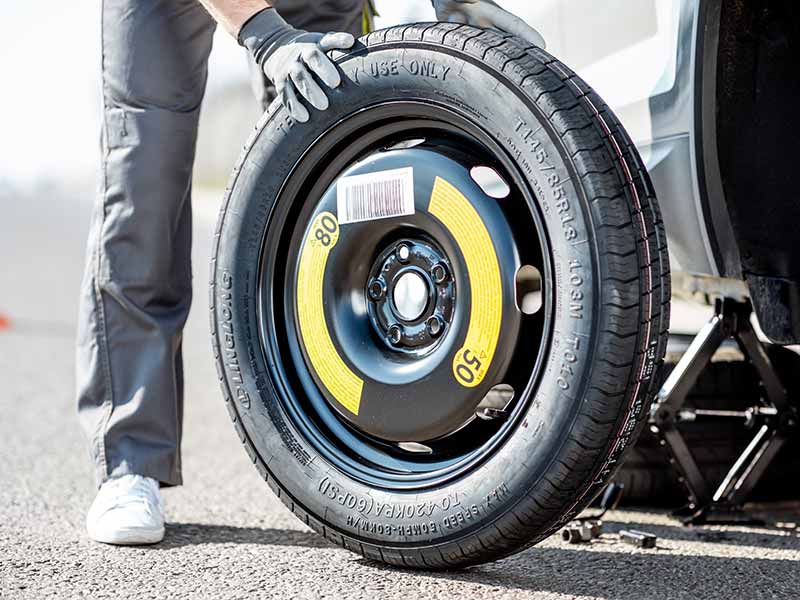
Specialty Tires: From Spare to Monster
When we talk about specialty tires, we’re venturing into a realm where each tire is designed for a unique purpose, from the compact and convenient spare hiding in your trunk to the gargantuan tires rolling under a monster truck. These aren’t your everyday tires, and their weights reflect their specialized roles on and off the road.
The Lighter End: Spare Tires
- Spare Tires: Often overlooked until needed, spare tires are usually lighter and smaller than standard tires. They are designed for temporary use to get you to a repair shop, not for long-term driving. A typical spare might weigh between 20 to 30 pounds, significantly less than a full-sized tire.
Why Spares Are Lighter
- Convenience and Necessity: A lighter spare is easier to lift and install in case of a flat tire.
- Space-Saving: Compact designs ensure that they don’t take up too much space in your vehicle.
The Heavier End: Monster Truck Tires
- Monster Truck Tires: At the other end of the spectrum are monster truck tires. These behemoths can weigh as much as 800 to 900 pounds each. Their massive size and weight contribute to the vehicles’ ability to crush, jump, and perform in extreme conditions.
Characteristics of Monster Truck Tires
- Size: Typically, these tires are about 66 inches in height, contributing significantly to their weight.
- Durability and Design: Made to handle extreme conditions, their heavy-duty design is as much about performance as it is about spectacle.
Choosing the Right Specialty Tire
Whether you’re replacing a spare or outfitting a show vehicle with monster tires, here are some considerations:
- Understand the Purpose: Each specialty tire is designed for a specific situation. Ensure you understand the role of the tire and its weight implications.
- Check Compatibility: Especially with spares, ensure the tire is compatible with your vehicle’s make and model.
- Professional Consultation: For unusual or heavy-duty tires, professional advice can help you make the best choice for safety and performance.
Factors Affecting Tire Weight
Tire weight isn’t a number that comes out of thin air; it’s the culmination of various factors, each contributing its bit to the final tally. As we’ve explored different types of tires, it’s clear that not all tires are created equal. In this section, we’ll dissect the elements that play a pivotal role in determining how much a tire weighs.
Size Matters: The Impact of Tire Dimensions
- Diameter and Width: Larger tires naturally weigh more due to the increased amount of material. The width and diameter of a tire are among the first considerations when looking at tire weight.
- Aspect Ratio: This refers to the height of the tire’s sidewall as a percentage of its width. A higher aspect ratio usually means a taller tire, which can affect the weight slightly.
Material and Construction: The Building Blocks of Weight
- Rubber Compound: The type and quality of rubber used can influence the tire’s weight. High-performance tires often use a lighter, more advanced compound that provides better grip and speed but may wear out faster.
- Belt and Ply Material: The number and type of plies (layers of fabric) and belts (reinforcing layers) inside the tire add to its durability and also its weight.
Tire Type: Designed for Different Needs
- All-Season Tires: Typically, these are designed to be a good all-around choice for most conditions and have a moderate weight.
- Performance Tires: These might be lighter to allow for better speed and handling.
- Winter Tires: Often heavier due to deeper treads and additional siping for traction on snow and ice.
Added Features: Technology Adds Pounds
- Run-Flat Technology: Tires equipped with run-flat technology are usually heavier because of the extra material needed to allow the tire to function even when punctured.
- Reinforced Sidewalls: Some tires have reinforced sidewalls to bear heavier loads, which adds to the overall weight.

The Significance of Tire Weight in Vehicle Dynamics
Now that we’ve looked at the what and why of tire weight, let’s drive into the how—how does tire weight affect the way your vehicle moves and behaves on the road? This section explores the critical role of tire weight in vehicle dynamics, including handling, acceleration, braking, and overall safety. Understanding these impacts can help you appreciate the balance between tire weight, performance, and safety, allowing you to make choices that enhance your driving experience.
Handling and Agility: The Dance of Dynamics
- Lighter Tires: They typically provide better handling and agility. This is because lighter tires reduce the unsprung mass of the vehicle, making it easier to steer and maneuver.
- Heavier Tires: While they might offer less nimbleness, they can provide a smoother ride, especially in larger vehicles, by absorbing road irregularities better.
Acceleration and Fuel Efficiency: The Need for Speed and Savings
- Impact on Acceleration: Lighter tires can improve acceleration by reducing the rotational mass that the engine needs to turn. This means quicker response times and a bit more zip in your ride.
- Fuel Efficiency: Heavier tires increase rolling resistance, which can lead to lower fuel efficiency. Conversely, lighter tires can help squeeze a few more miles out of each gallon.
Braking: Stopping on a Dime
- Braking Distance: The weight of a tire can influence braking distance. Generally, lighter tires can lead to shorter stopping distances, as there’s less mass for the brakes to bring to a halt.
- Vehicle Control: During braking, especially in emergency situations, the right tire weight helps maintain vehicle control and stability.
Resources
Below are some links you may find helpful when learning about tires:
- Tires and fuel economy – U.S. Department of Energy
- Understanding tire specifications and features – Consumer Reports
Final Thoughts
As we’ve navigated the world of tire weights, it’s clear that whether you’re a casual driver or an automotive aficionado, understanding this aspect of your vehicle is crucial. From influencing fuel efficiency and handling to impacting safety and performance, the weight of your tires plays a significant role in your driving experience. Remember to consider tire weight when purchasing new tires or maintaining your current set, and always refer to professional sources or consult with experts for guidance tailored to your specific needs and vehicle. Good luck and happy motoring.
